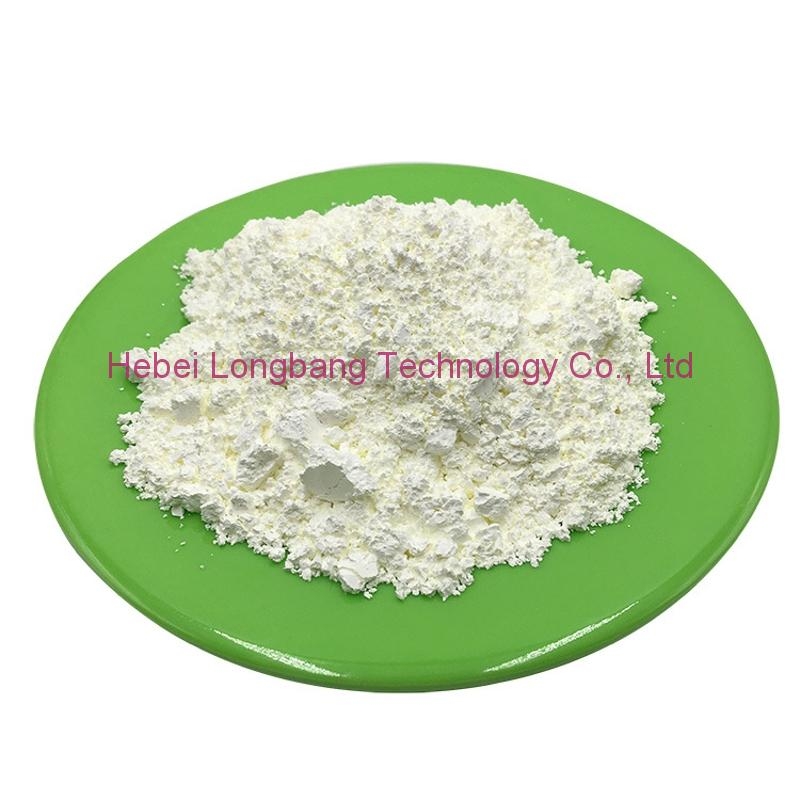-
Categories
-
Pharmaceutical Intermediates
-
Active Pharmaceutical Ingredients
-
Food Additives
- Industrial Coatings
- Agrochemicals
- Dyes and Pigments
- Surfactant
- Flavors and Fragrances
- Chemical Reagents
- Catalyst and Auxiliary
- Natural Products
- Inorganic Chemistry
-
Organic Chemistry
-
Biochemical Engineering
- Analytical Chemistry
-
Cosmetic Ingredient
- Water Treatment Chemical
-
Pharmaceutical Intermediates
Promotion
ECHEMI Mall
Wholesale
Weekly Price
Exhibition
News
-
Trade Service
Pathophysiological basis
Inflammation of adjacent organs often results in focal irritation of one or more intestinal folds, almost all of which are small intestines, and are called sentinel folds
The dilated bowel is often located in the same anatomical area where inflammation occurs or inflammation irritates adjacent abdominal organs, but this is not always the case, as shown below is the site of localized intestinal obstruction and its common causes
Key radiographic features of localized intestinal obstruction
On conventional X-rays, one or two small bowel folds that continue to expand are visible and persist refers to multiple abdominal series of examinations in multiple positions (supine , prone , erect) or at multiple time points that suggest the same intestinal fold dilation
The large intestine as a sentinel is rare, but it can also occur in some special cases (such as cecumal dilation during appendicitis) and is relatively easy to ignore
The picture above shows localized intestinal obstruction of the small intestine due to acute pancreatitis
Diagnostic myth: early small bowel obstruction
Localized intestinal obstruction may be similar to early mechanical small bowel obstruction, both can be seen several dilated small bowel folds, while gas can be seen in the colon, the so-called early stage means that the patient has intestinal obstruction symptoms for only 1-2 days, if the symptoms of obstruction appear for 1 week or more, imaging can not see early signs of







